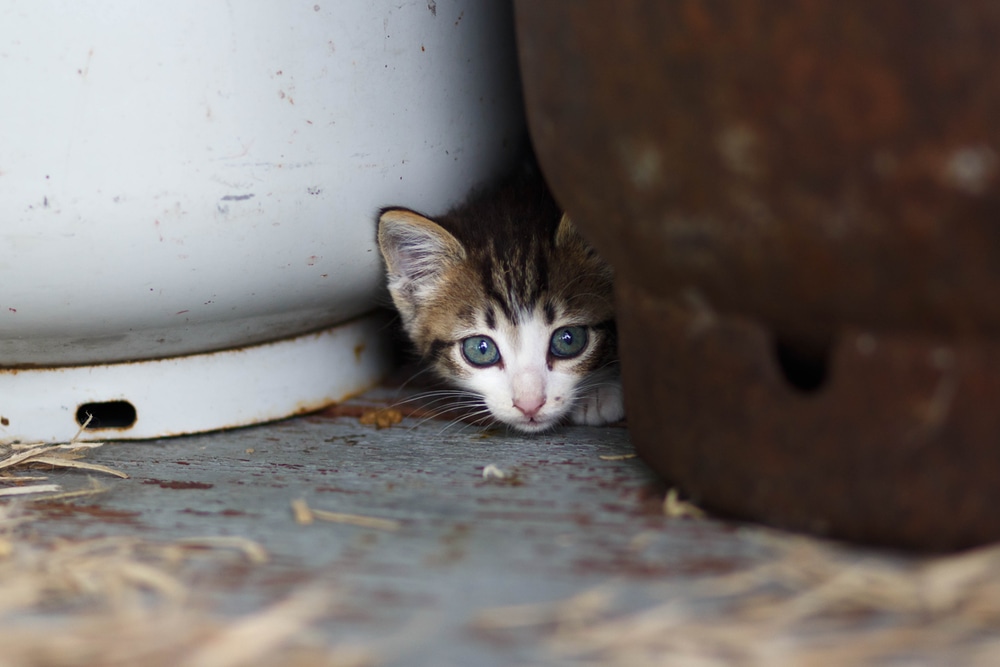What are trap-neuter-return programs in cat management?

The management of unowned and semi-owned cats is a complex issue. Trap-neuter-return (TNR) is one method promoted as a humane alternative to lethal cat control for managing and reducing populations of unowned and semi-owned cats.
In TNR programs, unowned and semi-owned cats in urban or peri-urban areas are trapped, desexed, and then returned to their original location. Caretakers typically provide food and shelter and monitor the cats. Often when foster or permanent homes are available, young kittens and friendly adults are removed and placed for adoption.
There seem to be four major concerns in relation to the implementation of TNR programs in Australia: its potential effectiveness, the welfare of cats subject to TNR, the cost of implementation, and the impact of cats on wildlife.
There are reports of trap, neuter, return (TNR) programs stabilising and reducing unowned and semi-owned cat populations but also reports of increases in cat numbers over time; an increase in population is particularly evident when there are high rates of immigration into the colony from unowned or abandoned owned cats. Poor implementation is likely to have contributed to unsuccessful TNR programs where substantial and persistent reductions in cat populations have not been demonstrated.
The main factors which contribute to successful TNR programs that have been identified include a high level of desexing in a targeted area, removal of kittens and socialised adults for adoption, monitoring and rapid desexing of immigrant cats, strong community engagement, support from the community, and ongoing data collection and evaluation.
Data on the impact on wildlife has not been collected or reported in association with successful TNR programs.
Research is needed to evaluate whether, and under what specific circumstances, a program of trap, desex, adopt or return and support (TDARS) is an appropriate tool for urban cat management under Australian conditions, including an assessment of the effect on wildlife predation.
Was this article helpful?
This work is licensed under a Creative Commons Attribution-NonCommercial-NoDerivatives 4.0 International License.


